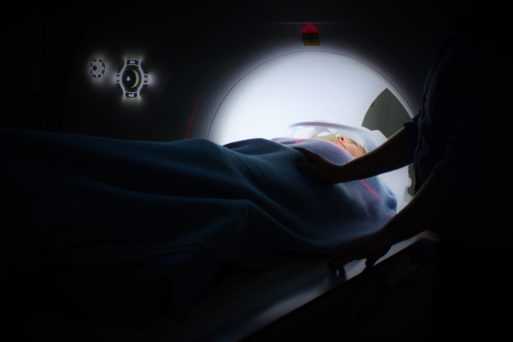Cancer is replacing heart disease as the leading cause of death in the United States. This fact may sound alarming — but what does it really mean?

Researchers from the Stanford University School of Medicine looked at millions of American death records recorded between 2003 and 2015 and identified a clear transition underway. While heart disease is still the main cause of death in most U.S. counties, cancer is steadily replacing it, particularly in higher-income areas.
Heart Disease and Cancer Rates
In 2003, heart disease was the leading cause of death in 79 percent of counties in the United States. By 2015, this figured had dropped to 59 percent. Meanwhile, the percentage of counties where cancer topped the list grew from 21 percent in 2003 to 41 percent in 2015.
These statistics are supported by recent research published by the Centers for Disease Control and Prevention indicating that cancer could become the leading cause of death in the United States by 2020.
Doctors and researchers are trying to understand why this change is happening, to better learn how to combat both diseases.

For example, while heart disease-related deaths decreased at a greater rate than cancer-related deaths (28 percent to 16 percent), lower-income counties saw a smaller decline than higher-income counties, pointing to a clear disparity in medical care.
It’s also important to note that from 2003 to 2015, the years covered in the Stanford study, the U.S. population grew by nearly 35 million, according to the U.S. Census Bureau. As the population grows, the sheer number of cancer-related deaths is growing too.
However, the CDC says that cancer “incidence rate” will remain steady over the next decade, and the rate of cancer deaths will continue to decline due to improvements in detection and treatment. This is good news in general, but there are some disparities underneath the headlines.
The Economic Gap and Cancer Rates
In the latest Cancer Statistics report, the American Cancer Society found that residents of poorer U.S. counties had a 20 percent higher cancer mortality rate than those living in wealthier areas.
The report, based on data from 2012 to 2016, states: “Although the racial gap in cancer mortality is slowly narrowing, socioeconomic inequalities are widening, with the most notable gaps for the most preventable cancers.”
With deaths rates down for both heart disease and cancer, it would be tempting to say that what we are doing is working, and we need to simply keep at it. But with multiple studies highlighting a clear relationship between economic status and survival rates, we have a long way to go to ensure equitable access to life-saving medical care.

 Cancer Rates Today and Predictions For The Future
Cancer Rates Today and Predictions For The Future


 The Healing Sound of Singing Bowls
The Healing Sound of Singing Bowls
 “Summons” by Aurora Levins Morales
“Summons” by Aurora Levins Morales
 How To Dispose of a Body In Space
How To Dispose of a Body In Space














